Feb. 5, 2005. For more photos in the pibinko.org network: https://www.pibinko.org/photography/










Feb. 5, 2005. For more photos in the pibinko.org network: https://www.pibinko.org/photography/










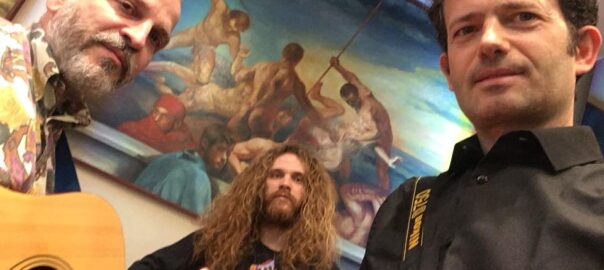

Piazza Leonardo da Vinci 32, Aula Citrini, 4PM-7PM (the actual time within this range will be confirmed ASAP).
Thursday, May 30, Politecnico di Milano will host a very peculiar event. This will be a lecture where a talk about sustainability on inner rural areas of Southern Tuscany will be mixed with live music performed by a rock-blues band based in the same region, and with the authors of the studies playing with the band.
The event has also been inserted in the official program of the third edition of the Sustainability Festival (running at the national level with numerous events from May 21 to June 6, 2019).
Confirmation of participation should be sent to info@pibinko.org or +39 3317539228 by May 29, 2019.
From Sound Engineering to Engineering with Sound + DICA goes to Maremma
Andrea Giacomelli, Dario Canal, Wolfgang Scheibe, Simone Sandrucci, Alessandro Ceppi, Giuseppe Milleo
When we speak of sound and engineering we tend to think about audio experts, mixers, decibel, wattage etc. In this lecture we would like to speak about engineering made together with sound, and namely with music…how can music be, in addition to a cool background, an element integrated with the life cycle of projects and studies in the fields of land protection, promotion, and environmental sustainability.
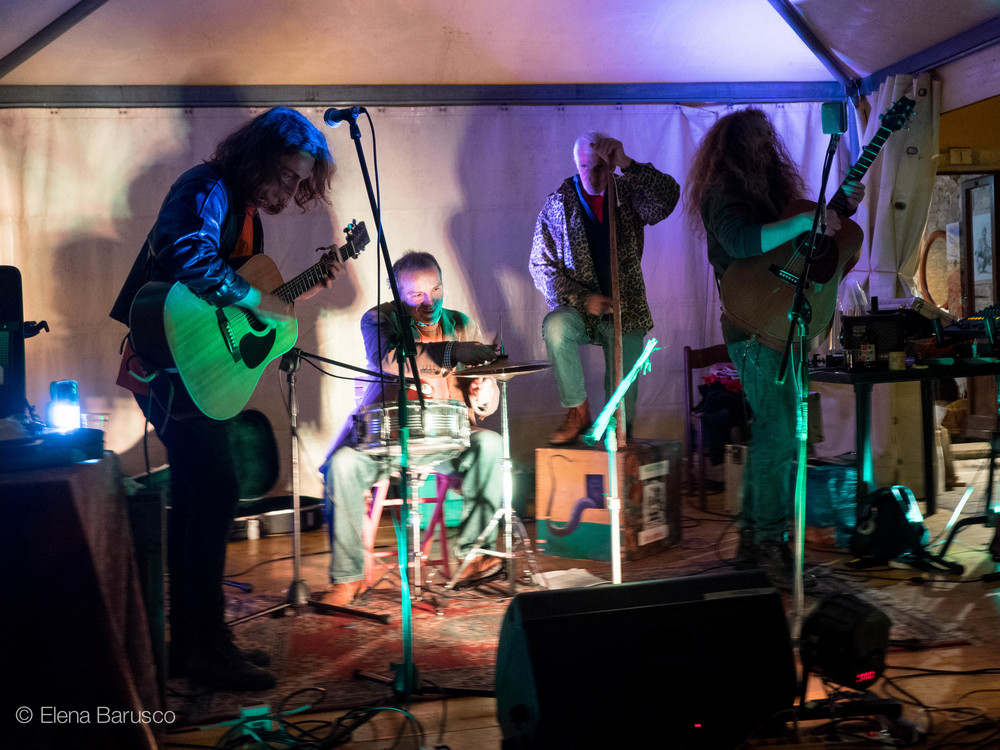
Namely, we will be presenting the case of the Jug Band dalle Colline Metallifere (JBCM, i.e. Metalliferous HIlls Jug Band). This is an inter-generational and international musical collective based in Southern Tuscany, founded in March 20017. The JBCM is active in the production of events where live music, monitoring, and outreach on environment and territory are intertwined so as to create a (typically acoustic) pleasing, entertaining, and instructive experience, which the group called “geomusic“.
The collective was given this name in September 2018, after about a year of experiments involving two young professional rockers (with three albums and hundreds of live concerts in their roster), and two professionals with a different core expertise (but a musical track record adequate to make them not feel shy on stage). One of the senior professionals is actually an environmental engineer and a PhD with 25 years of experience on geographic information systems applied to multiple international projects; the other professional has almost fifty years of experience in biodynamic agriculture, working as a consultant in Germany, Italy, and Maghreb.
The combination of music and technical expertise, especially on environment and agriculture, is the peculiarity of the JBCM project, combining melody, rhythm, cultural and environmental outreach in one situation (which can be related to Sustainable Development Goals 4, 11, and 12, for those of you into this topic).
In the same performance you can dance with a rock ‘n’ roll song, make light pollution measurements within international citizen science projects, join the chorus yelling “ahi ahi ahi….il vino neerooooo” , and eventually learning that half of the songs to which your were shaking your feet were, in fact, speaking of issues of your grandfathers in their rural settings, or of your friend who recently graduated, and had to leave his country to find a job.

The lecture will also be the opportunity to present a summary of a mission that a team from DICA (the Dept. of Civil and Environmental Engineering at Politecnico di Milano) will be having on May 10-11-12 in Southern Tuscany. They will be installing a weather station in the Farma Valley, as the consolidation of a set of mapping and monitoring activities undertaken by valley residents and visitors since 2007. Such activities have been developing in the years, through a combination of research, citizen science and territorial marketing projects (which have been presented at various stages in Politecnico di Milano in 2011, 2015, 2017, and 2018). Interestingly, the Jug Band Colline Metallifere represents one of the communication avenues for these projects, and these initiatives share some of the people creating and managing these activities (and the same people will be giving the lecture).
Last but not least, this will be yet another opportunity to learn about the PORGEP2019 program, and how you may collaborate with projects which will be showcased.
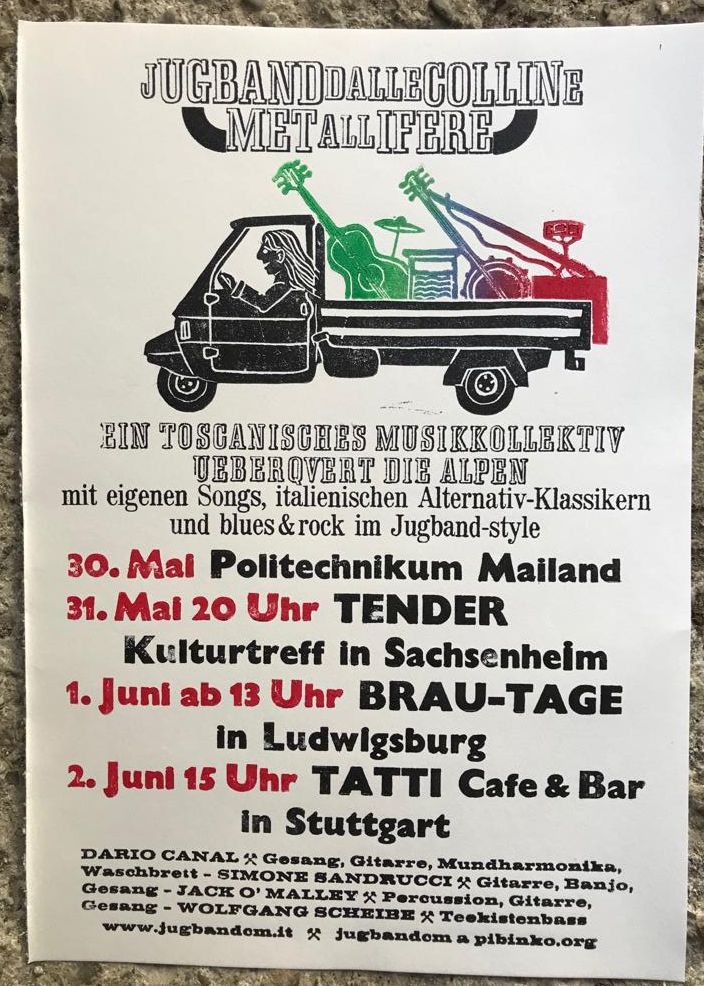
On this occasion we will have the full Jug Band Colline Metallifere, since they will be in transit by Milano for a tour in Germany, with four gigs in the Stuttgart area. The lecture will thus be an opportunity to learn about a diverse range of activities, and to attend a very, very peculiar event.
For more information: info@pibinko.org
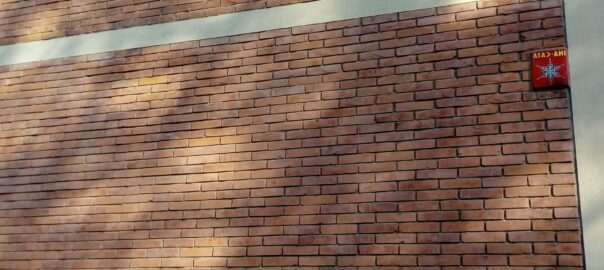
From 6.30PM to around 8PM come to Soul Food, via Gola 3 to…
Keywords for the evening will be Jug, Band, Hills, Metalliferous, Politecnico, Stuttgart, BuioMetria, geomusic (search any of these terms on the pibinko.org website to see more links).
Per informazioni info@pibinko.org o 3317539228
To give you a mood for the event, “Dreaming about the Vatican”, JBCM cover, Nov. 1, 2018:
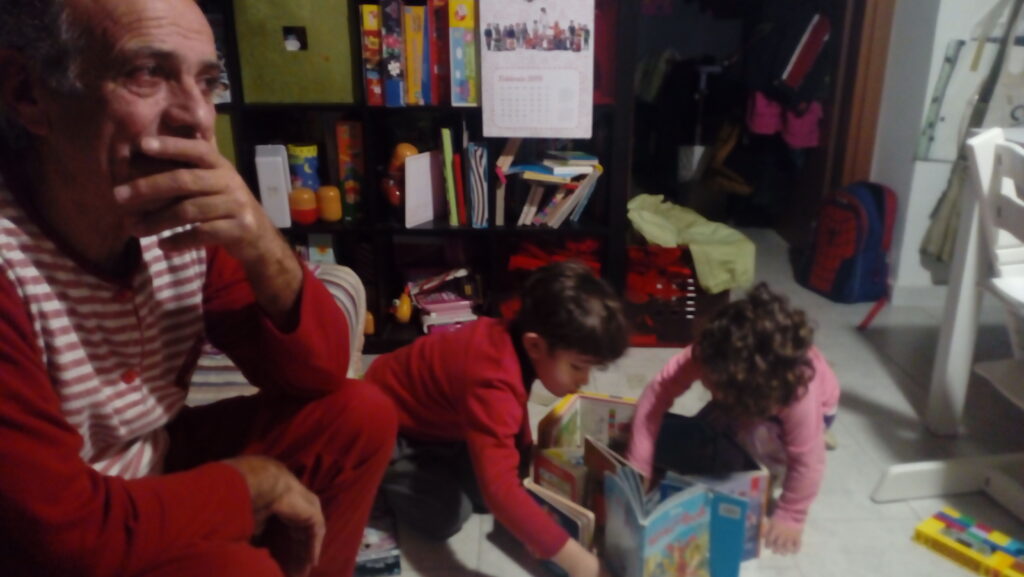
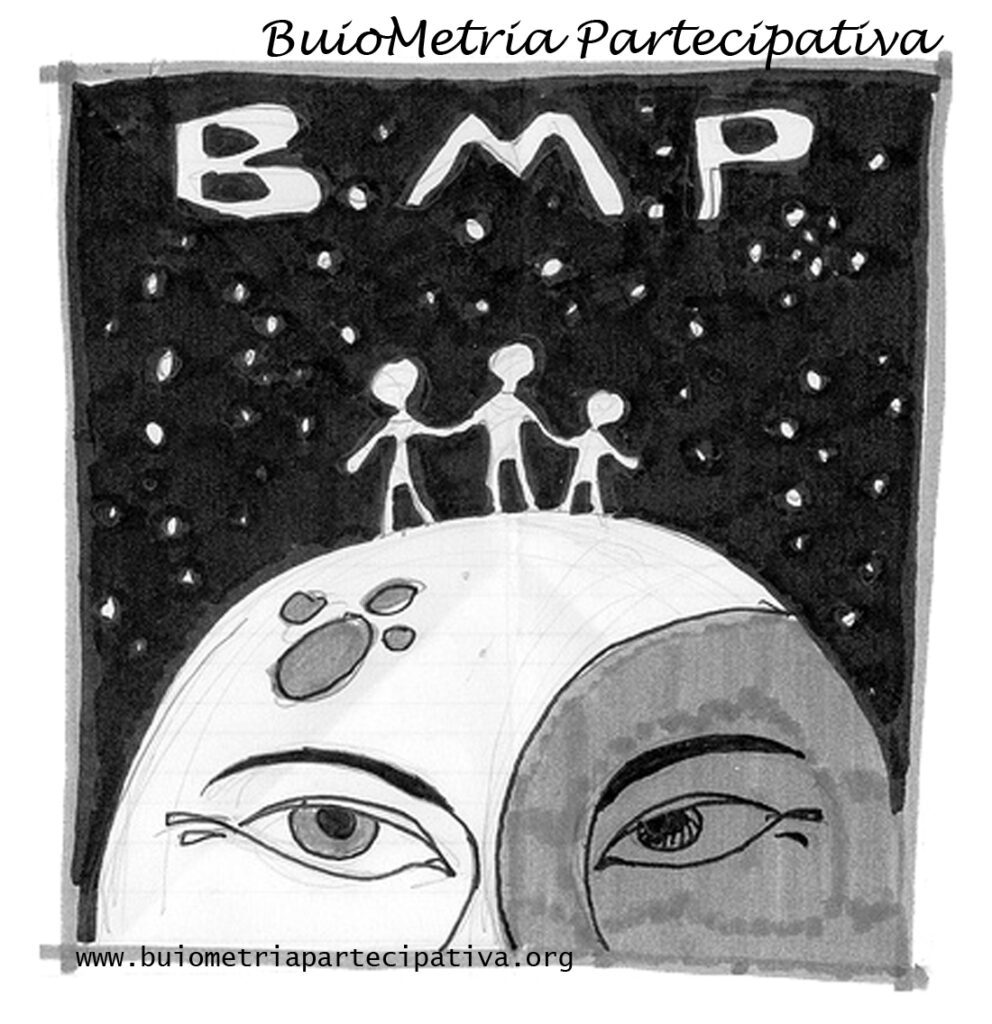 Thursday, Nov. 22, 2018 from 2.30PM to 3.30PM with the landscape planning course at the Faculty of Architecture, Politecnico di Milano (via Bonardi), there will be a seminar on Planning the “upper half of the landscape” (pianificare l’altra metà del paesaggio, in Italian) where we will explain the BuioMetria Partecipativa point of view on this topic. The lecture will be given in English (as all of the course lectures).
Thursday, Nov. 22, 2018 from 2.30PM to 3.30PM with the landscape planning course at the Faculty of Architecture, Politecnico di Milano (via Bonardi), there will be a seminar on Planning the “upper half of the landscape” (pianificare l’altra metà del paesaggio, in Italian) where we will explain the BuioMetria Partecipativa point of view on this topic. The lecture will be given in English (as all of the course lectures).
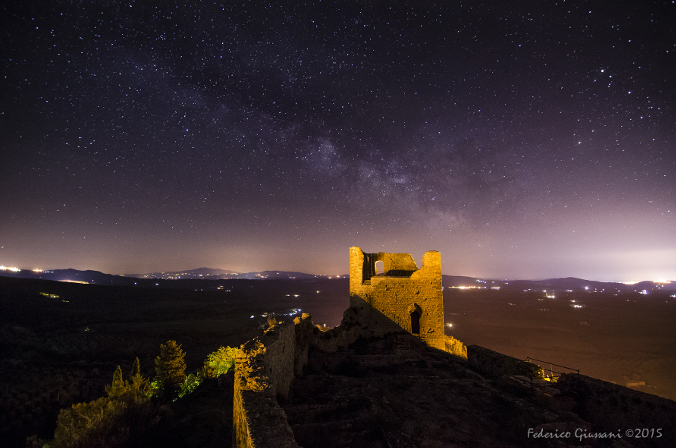
People are often used to think of landscape planning as a discipline involving elements with a connection to the ground, with the sky being merely a backdrop to our projects and our operations.
see article on palla21.it (in Italian)
Cariddi, one of the Sky Quality Meters managed by the BuioMetria Partecipativa project was deployed at the Biodiversity Festival.
Click herefor more information (in Italian).